
White pelicans may not exactly be the first animals that come to mind when thinking about Colorado’s water. But their seasonal appearance at a few lakes and reservoirs around the state helps show the importance of Colorado’s aquatic environment, not just for native wildlife, but for other species that only migrate through the area on their way to distant breeding grounds. This spring, a small flock of white pelicans — one of America’s largest birds — even helped restore the ecological balance in a Boulder pond by gobbling up schools of unwanted invasive goldfish.
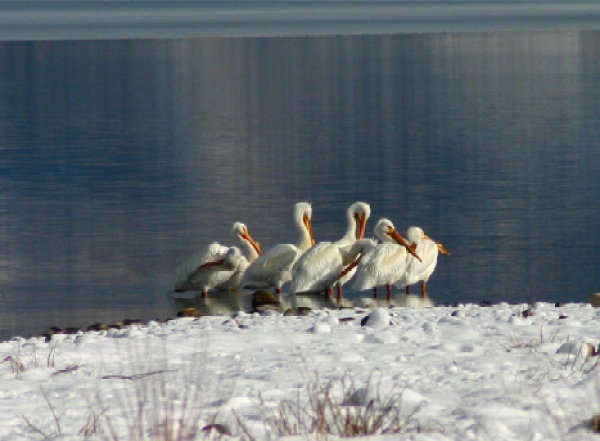
In southern Colorado, the sprawling wetlands of the San Luis Valley are a crucial stopover for tens of thousands of sandhill cranes. When water developers proposed exporting some of the valley’s groundwater in the 1990s, community and environmental activists rallied to block those plans, based partly on concerns about how the water exports would hurt the area’s wildlife.
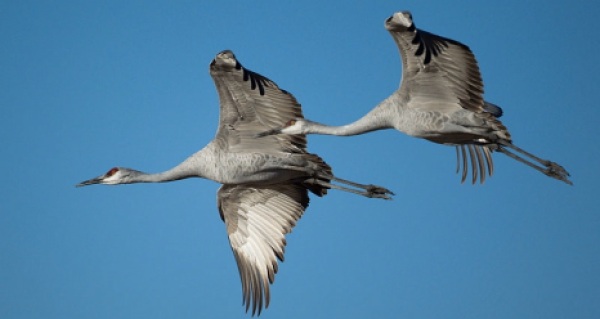
Colorado’s new water plan, set to be finalized at the end of the year, seeks to formally recognize the importance of the state’s water for wildlife, from the tiny aquatic insects at the base of the food chain to majestic moose, which thrive in high-country wetlands and alpine-river valleys. If the final version of the plan lives up to its billing, it would be much harder for a city or a private water company to get a permit for any kind of water development that could have a negative effect on wildlife.
As announced by Gov. John Hickenlooper, the plan aims to align water policy with Colorado values, which clearly include healthy wildlife populations. Aside from its intrinsic value, the state’s wildlife is vitally important to the economies of rural areas, where birdwatchers and hunters spend millions of dollars pursuing their passions.
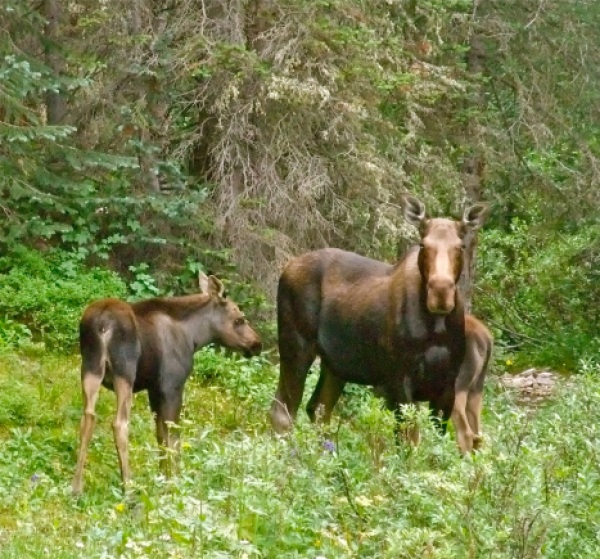
Wetlands, where water and earth meet, are especially important for Colorado wildlife. About 80 percent of the state’s animals depend on wetlands or riverside riparian areas at some point in their lives. In arid climates like Colorado, where evaporation often exceeds precipitation, wetlands are an irreplaceable habitat for vast numbers of ducks, shorebirds, wading birds, cranes and raptors that either breed or stop over in wetlands, according to the Colorado Natural Heritage Program. Huge swaths of wetlands in Colorado have already been lost as a direct result of using water to irrigate crops and supply drinking water to cities. In a recent letter to state water planners, a coalition of wildlife groups representing tens of thousands of state residents, said the new plan must ensure that there is no additional degradation of wetlands, streams and ponds that are needed by animals.
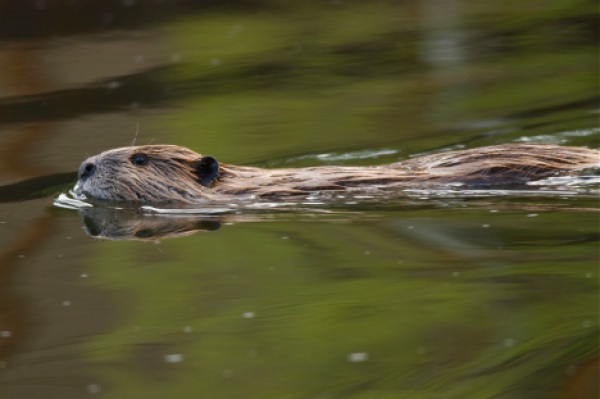
In its letter, the conservation groups asked state officials to make sure that the plan focuses on increased water conservation and the modernization of agriculture to save water. The letter also said the plan should not encourage any large new diversions of water from the west side of the mountains to the cities east of the Continental Divide. Those western Colorado streams and rivers have already taken a big hit from the massive water exports of the past 100 years. Any new diversions could push some of them over the environmental brink.
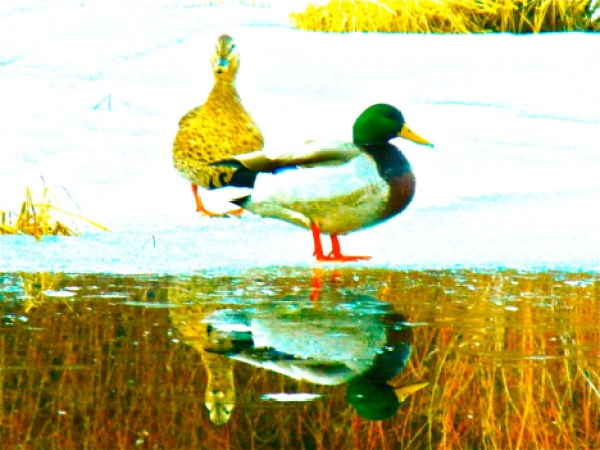
The different types of animals that depend on Colorado water have harmonious and intricate relationships with each other and with their habitat. For example, beavers and muskrats trim trees and shrubs around their ponds and streams to create dams. Those dams create ponds and wetlands that are used by ducks and herons, and also by baby fish that couldn’t survive in a swift-flowing stream.
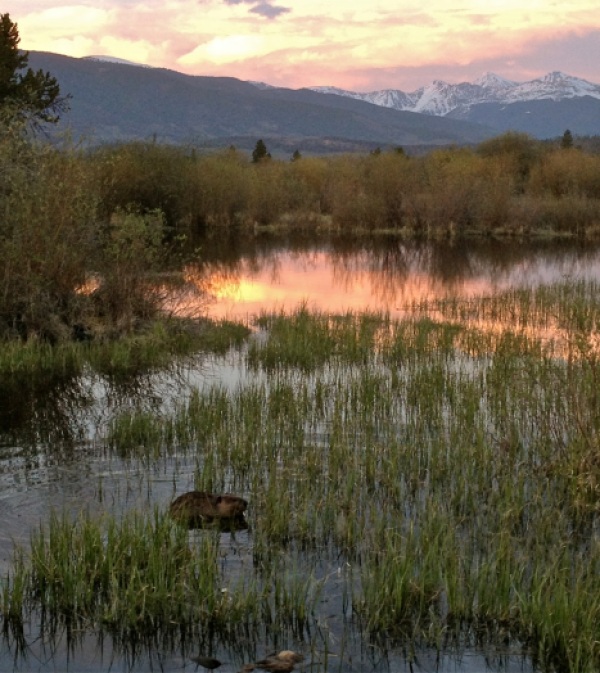
Beaver ponds create a mosaic of habitats that are important for animals like songbirds, foxes and deer — species that aren’t necessarily directly dependent on water. But beavers need something to work with, and if streamflows drop too low, the aquatic mammals can’t survive.
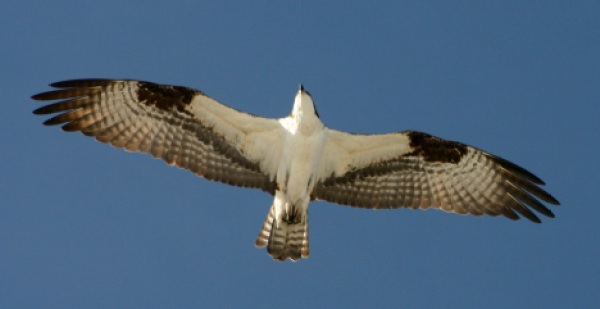
Human control of water isn’t always a bad thing for wildlife. Some reservoirs that were built to supply drinking water for bustling Front Range cities have become habitat in their own right. In Summit County, both osprey and bald eagles nest in the tall pines along the shore of Dillon Reservoir, where they find plenty of fish to feed their chicks.
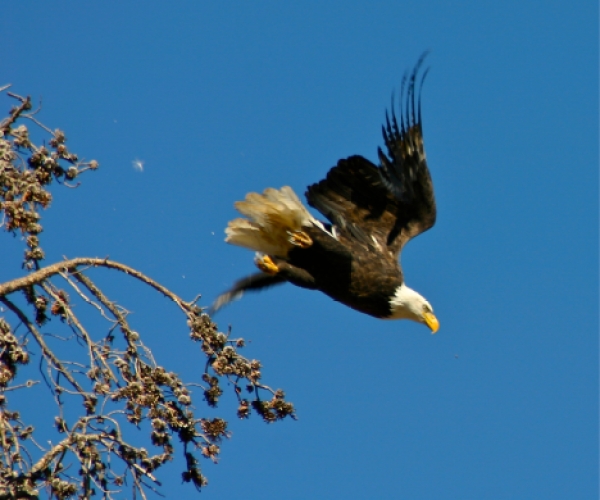
Along with the splashy trout beloved by fishermen, the Colorado River is home to four lesser-known species, including a silvery minnow that can grow up to 6 feet long. The four fish — Colorado pikeminnow, humpback chub, bonytail and razorback sucker — are all listed as endangered species by the federal government. That means water officials have to give serious weight to any action that might lead to a further decline of those species. And, theoretically at least, a state water plan should contribute to the recovery of the native fish, which evolved over millions of years to adapt to the extreme conditions in the Colorado River Basin, including powerful spring flows and dire dry times, when the water is barely high enough to cover their dorsal fins.

Of course every animal, just like humans, needs a drink from time to time. But unlike people, animals can’t just tootle on down to the local convenience store to buy a bottle of Fiji water. Wildlife depends on natural or man-made sources of water every day, and they need it in the areas where they live. If it’s not available, they have to move. The early draft language of the water plan seems to acknowledges that, but it does leave the door open for new water developments that unless carefully managed could affect wildlife.
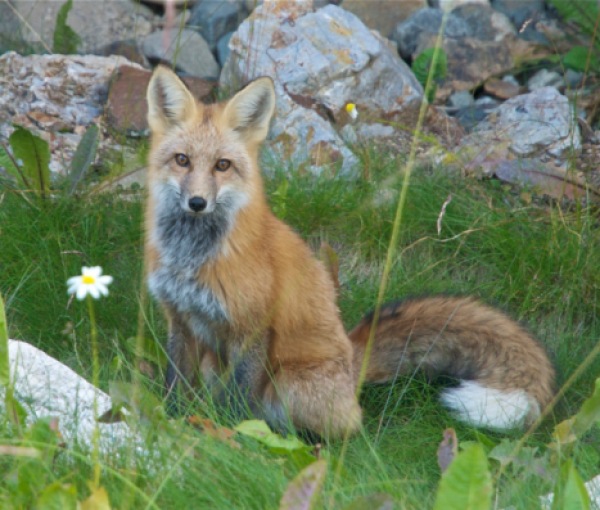
Not all critters are as cute as a young fox, but that doesn’t mean they’re not an essential part of the web of life. Trout need to eat, too, and what they mainly rely on are aquatic insects that live in a larval stage in many of the state’s streams and rivers — those that have enough water, anyway. Decades of water development, dams and diversions, have so altered natural flows that those bugs are having a hard time holding on. They need a “clean” river bed. They cling to the underside of rocks until they reach the stage where they can rise to the surface and fly or hover — until they breed or are snapped up by hungry fish. But because many rivers don’t flow nearly as strongly as they did in their natural state, those crevices are filled with sand or mud, leaving no room for the bugs. In other cases, the flows are so low that the water is too warm, so the bugs simply cook to death.

Colorado biologists say the water plan represents an opportunity to make things better for Colorado wildlife, in particular fish. The state’s existing water laws have gradually been changed over the last few decades to create some environmental protections with minimum stream flows. But if the water plan is going to rely on those minimum flows as the primary way of protecting fish, then the language needs some beefing up, says Jay Skinner, the Colorado Parks and Wildlife scientist who is heading up his agency’s effort to shape the plan in a way that’s beneficial to fish.
“If we’re going to rely on this (minimum instream flow) program, it needs more teeth and/or flexibility, so we’re not getting hemmed in by the minimums,” Skinner says, adding that some of the decreed wildlife flows are so new compared to other water rights that they aren’t always very effective.
Skinner lauds the plan’s intent to do more research on environmental needs.
“There is a data gap,” he acknowledges “We need to know, where are the miles of stream that are degraded or impaired by low flows before we protect them. There are things that field biologists know. They can sit around a table and come with a list of things that are messed up out there,” he says. “Are the assigned streamflows protective? In reality, we just don’t know.”





